Content:
The weight of cattle is one of the most important indicators. Since it is grown for meat, the rate at which it grows significantly affects the amount of income received. This characteristic is also important in determining how old the bulls are to be raised. The longer you do this, the more weight they will gain, but the cost of growing them will also increase.
Fattening of bulls and cattle
It is believed that cattle can be divided into the following categories according to weight:
- If the animal has gained at least 450 kg, then it is referred to the elite category.
- With a mass of 400 to 450 kg, this is the first grade.
- If the weight is in the range from 300 to 400 kg, then this is the second grade.
- Cattle less than 300 kg belong to the third class.
Usually the weight of an adult bull is much greater than that of a cow. The mass is usually 700 kg or more. In some cases, it can exceed a ton.
A cow, if not a dwarf breed, rarely weighs less than 350 kg. However, this characteristic significantly depends on the breed to which it belongs. If a cow belongs to a beef breed, its weight can reach 700 kg or exceed this value.
Weight depends on which direction the cattle breed has. It can be:
- dairy;
- meat;
- meat and dairy.
The largest weight indicators are usually found in cows and bulls related to the meat industry. This is due to the fact that relatively fast weight gain is one of the most important characteristics for them.
How gobies are fed
It is believed that it is irrational to feed bulls at home. This is due to the fact that they require a large amount of food as they grow.
However, you need to take into account their other features:
- Gobies are more likely to gain weight than cows.
- They are less picky about the taste of the food they receive, taste and aroma are of secondary importance.
- Gobies are capable of gaining weight quickly. For example, when they are one year old, it is not uncommon for the weight to exceed 400 kg at this time.
When fattening, if a bull is taken from a cow, you need to give him dairy products. This is due to the fact that the digestive system gradually forms until the age of 35 days. To digest food, gobies need to find special enzymes that they can obtain in this way.
For a bull to gain weight, it is not enough to drive it to pasture. For this, it will be useful to additionally feed him with corn, silage, cereals, potatoes and carrots.
Usually young growth is raised to slaughter, which is done at one and a half years of age or in the coming months (up to 20 months). By this time, their weight is usually in the range from 300 to 550 kg.
How much does the bull weigh
At birth, on average, the calf weighs a tenth of the mother's weight. Usually we are talking about 40 kilograms. Calves gain weight quickly. The weight of a one-year-old bull is ten times more. This characteristic must be constantly monitored, because weight says a lot about health.
If the rate of weight gain is lagging behind the planned one, it is necessary to make appropriate changes to the diet in time to correct the situation with how much the bull weighs.
Overview of reasons why cattle weight control is required:
- Monitoring of changes in the weight of cattle on a daily basis.
- Check and correct the cattle ration and the used feeding scheme.
- In cases where there is a need for certain veterinary measures, the need to weigh them may be important for choosing the correct dosage of drugs or assessing the results of the actions taken.
- Assistance in carrying out selection work to improve breeds or breed new ones.
- In preparation for the sale, correct weighting of animals is necessary to estimate the expected live weight yield or for other purposes.
The following methods are used to determine the weight of animals:
- Weighing on scales. In this case, the scales are placed on the path of the animals. When the bull enters the scale, weighing is carried out.
- Cattle live weight measurement table is applied.
- Using specific formulas to calculate the mass of animals.
One-year-old gobies
Many livestock breeders raise gobies for no more than one year. During this time, the weight of the bull is approximately 400 to 500 kg. However, if you continue to fatten up to two years, the mass of the animal will reach one ton.
It is customary to weigh young bulls according to the following rules:
- The first weighing should be done 6 hours after birth. It is recommended in this case to determine the weight not using a table, but by means of direct weighing. This is necessary to obtain accurate data.
- Before two months have elapsed, it is recommended to weigh it every ten days. At this age, this procedure is important for monitoring health, the correct development of bulls.
- For a period from two months to six months, measurements are recommended monthly. At this time, the weight can be determined using linear measurements and the corresponding table.
- After 6 months, weight control with a tape measure is necessary to compare with the standard values that a given breed should have.
- Further, weight control is carried out as needed.
The bull's weight table by month is as follows:
- At birth - 40 kg.
- After 2 months. - from 60 to 80 kg.
- A three-month-old bull weighs 100 kg.
- At 6 months. - about 170 kg.
- By the end of the year, it is gaining 400 kg.
Determining the weight of a bull
In order to control the rearing of bulls, you need to regularly measure their weight. This will not only help to assess the estimated profit, but also provide an opportunity to adjust the work with them.
Not every household has the right type of balance. In addition, if a small number of cattle are raised, then it does not always make sense to purchase them.
After all, if the rate of weight gain deviates from normal, then this usually means that it is necessary to figure out what reasons could affect this. In some cases, for example, dietary changes may need to be made.
In most cases, you need to measure two quantities with a cattle measuring tape:
- The length of the segment that starts from the anterior pectoral protrusion in the lower part of the body and ends at the highest point of the seat (where the tail begins).
- Another required value is the circumferential girth of the body, which is measured vertically, in the upper part it passes behind the shoulder blades, and in the lower part it passes just behind the front legs.
The first measurement is usually called the oblique body length.
Cattle measurement table
Shown is a table on how to find out the weight of a bull without weights. It indicates how, by measuring the oblique length of the body and the circular girth, to determine the weight itself.
The workover weight table is applied as follows.Depending on the oblique length of the body, choose a column, the line is determined by the girth.
Let's give an example of calculating live weight according to the table of cattle. Suppose the length is 165 cm, and the girth is 195 cm. Having found the column and the line in this way, you can determine from the corresponding cell that the weight is 549 kilograms.
A different table is used to determine the calf mass. It is used in the same way as the previous one: based on the oblique length and the size of the chest girth, the desired column and line are found where the weight is indicated.
Using these tables, you can control the weight of cattle without weighing.
Determination of weight by measurement
When determining the weight of animals, it should be remembered that it does not always change smoothly with age. With the development of cattle, not only its recruitment is possible, but also a temporary loss due to unfavorable factors.
The use of tables to control the weight of animals saves on regular weighing, but is not an absolutely accurate method. The average deviation in determining the weight in some cases can reach 30-40 kg.
Weight gain depends not only on the diet of animals, but also on other factors: care conditions, climatic factors, animal health.
Weight measuring tape
To determine the net weight of cattle, according to the table below, the correctness of the measurements is important:
- The cow or bull's head should be kept horizontal, the tongue should not hang down. It should not be raised or lowered during measurements.
- To measure, you need to be on the side of the animal. In this case, the legs should cover each other.
The use of the tape is convenient, in particular, because it eliminates additional stress on animals, it saves labor costs during control.
Measuring tapes are made on a synthetic basis. Various options are available: for beef, dairy cattle, for various breeds.
Tips & Tricks
To determine the average weight of animals on the basis of measurements, one can not only use the tables discussed above, but also use Trukhanovsky's special formula.
When calculating here, straight length is used instead of oblique. It is measured along the upper edge of the torso. It represents the distance from the beginning of the neck to the tail.
Weight = ((Girth * Length) / 100) * Coefficient
For greater accuracy, take into account the presence of fat in the bull or lack thereof. In this case, 5-10% is added or subtracted to the weight.
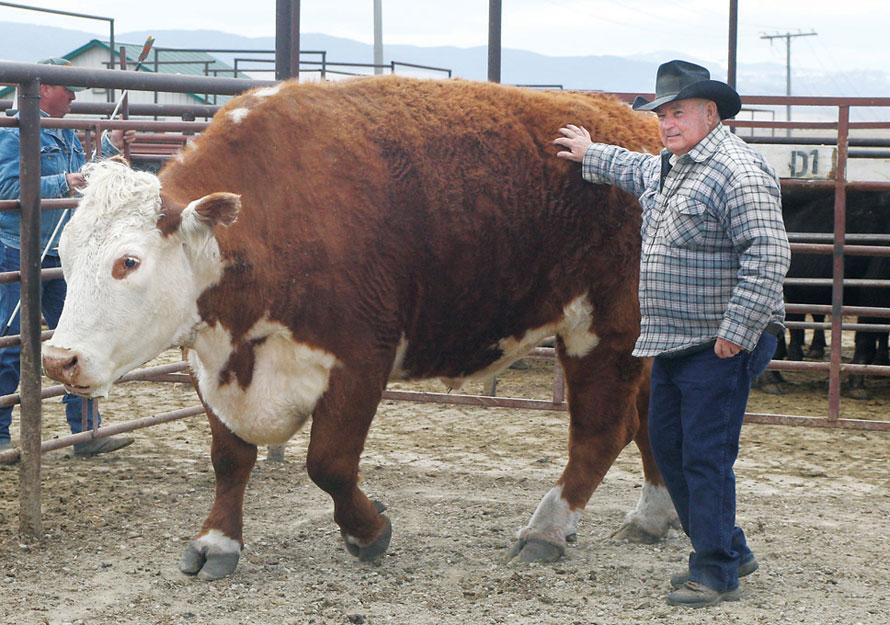
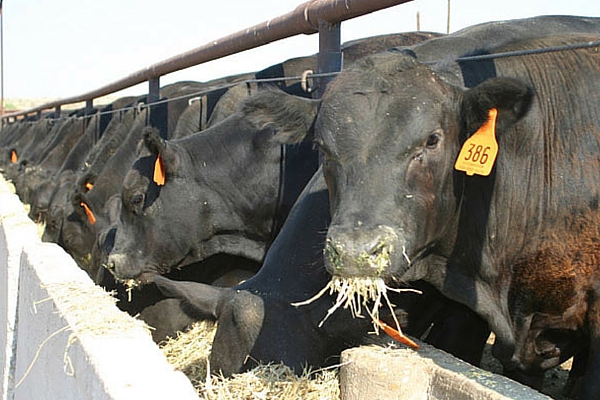

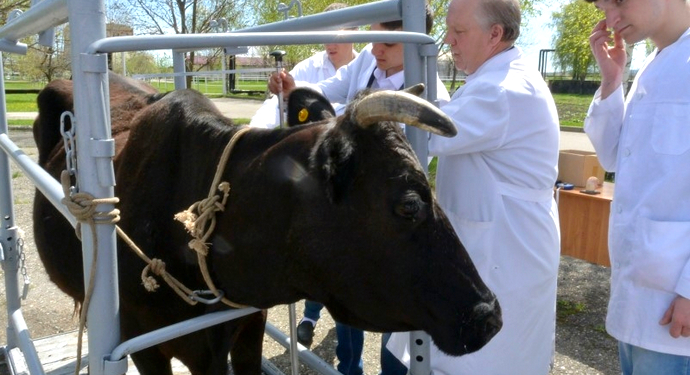
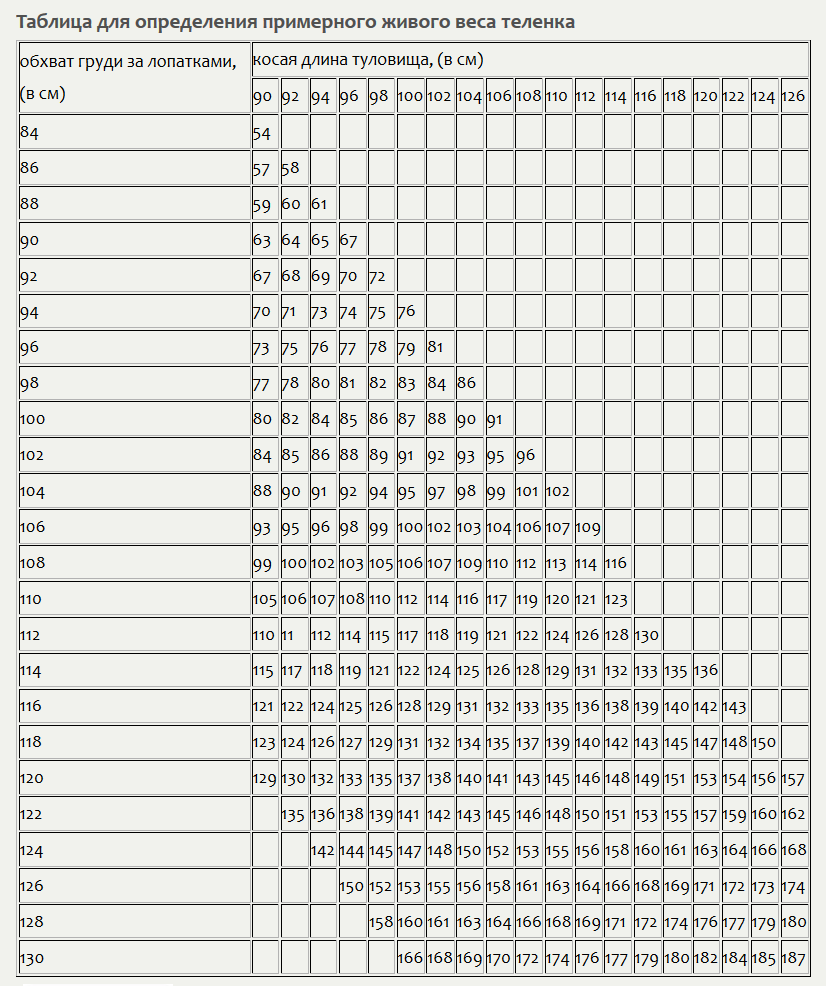
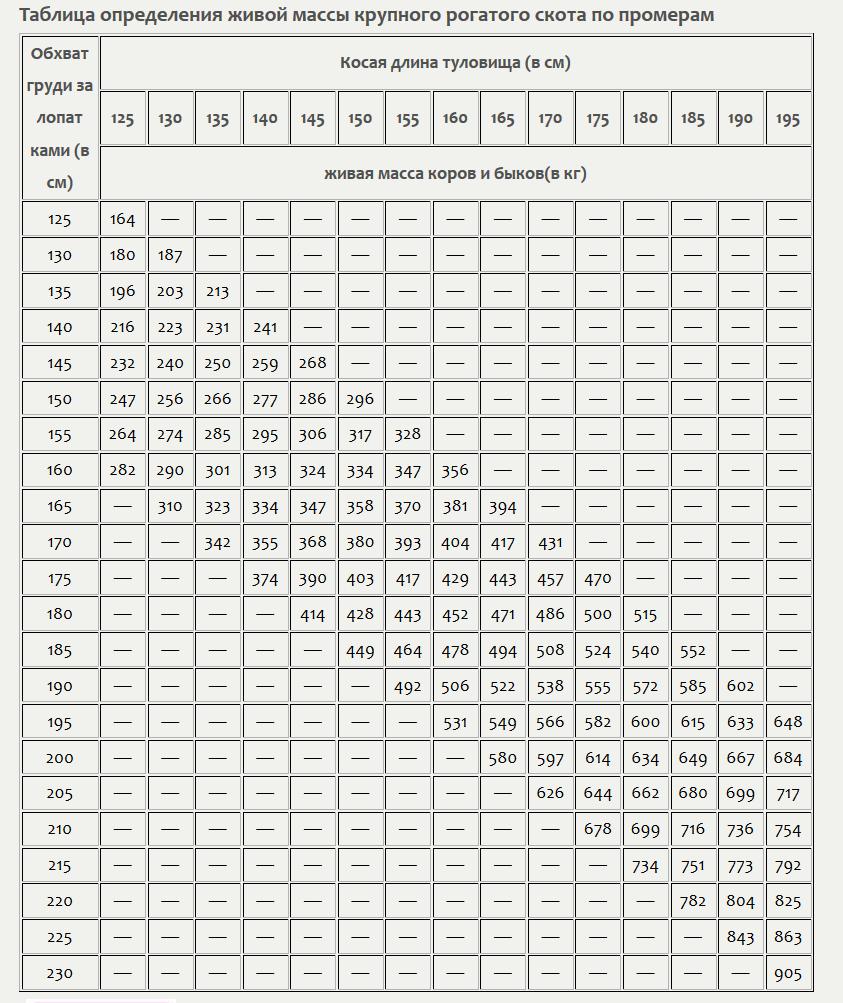

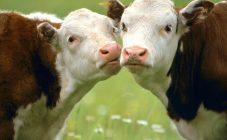



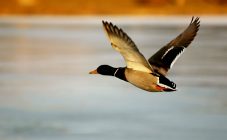







We can also mention Trukhanovsky's method. This is the most common method.